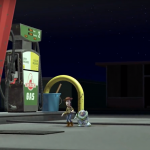
Almost 24 years ago, in November 1995, audiences flocked to the movie theater to see a new kind of animated film: one not drawn by hand, but created entirely within a computer. While some may have gone due to the…

Almost 24 years ago, in November 1995, audiences flocked to the movie theater to see a new kind of animated film: one not drawn by hand, but created entirely within a computer. While some may have gone due to the…
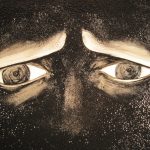
Review of Nea Ehrlich and Jonathan Murray (eds.). Drawn from Life: Issues and Themes in Animated Documentary Cinema. Edinburgh: Edinburgh University Press, 2019. This book project evolved from a collection of proceedings during a 2011 conference held at Edinburgh University…

Review of Raz Greenberg. Hayao Miyazaki: Exploring the Early Work of Japan’s Greatest Animator, New York/London: Bloomsbury, 2018. There are those who advocate history-less animation, curricula that focus on the teaching of techniques and technology. In his book, Hayao Miyazaki:…

Review of Rayna Denison (ed.). Princess Mononoke: Understanding Studio Ghibli’s Monster Princess, New York/London: Bloomsbury, 2018. In March 2000, during a visit to the cinema, I chanced upon a mysterious poster design featuring a golden medallion embossed with the image of…
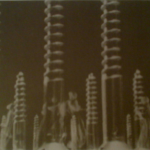
Review of Nichola Dobson. Norman McLaren: Between the Frames, New York/London: Bloomsbury, 2018. McLaren’s film Neighbours (1952) changed the trajectory of my life. As a trainee art teacher on viewing the film with a group of schoolchildren (who were…
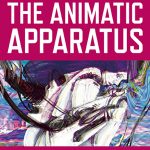
Review of Deborah Levitt. The Animatic Apparatus. Winchester: Zero Books, 2018. Animation is thought made flesh. It gives life, or at least the illusion of a life, to the world as we imagine it. It fabricates perceptions and, in…
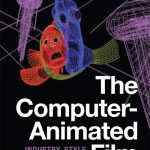
Review of Christopher Holliday. The Computer-Animated Film. Industry, Style and Genre. Edinburgh: Edinburgh University Press, 2018. The Computer-Animated Film is ambitious in its scope and comprehensive in its coverage, which alone would make a go-to text in the still-comparatively…